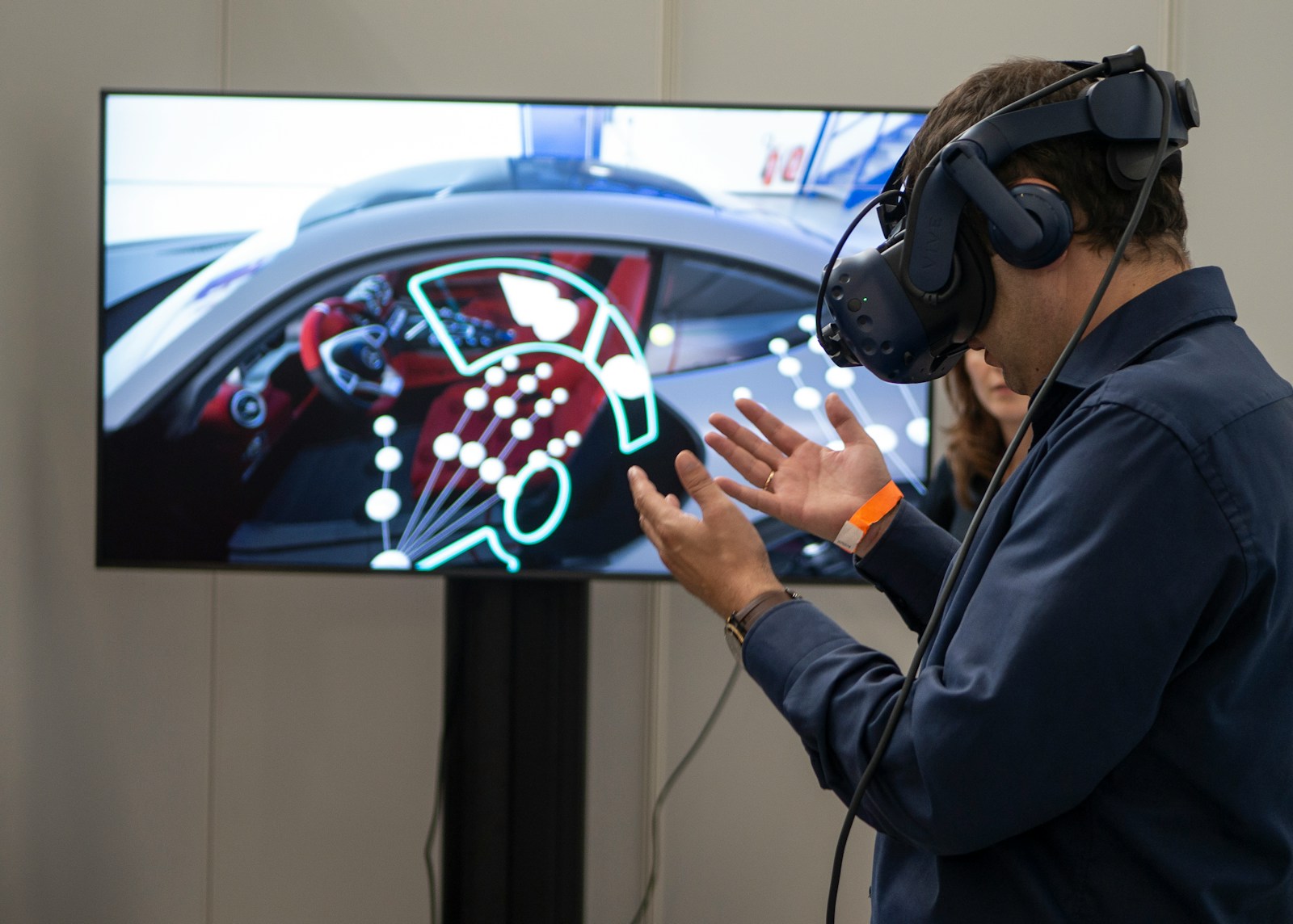As technology continues to evolve, Augmented Reality (AR) and Virtual Reality (VR) have emerged as transformative tools across various sectors, from entertainment and education to healthcare and retail. While both technologies provide immersive experiences, they do so in fundamentally different ways. This article delves into the recent advancements in AR and VR, compares their applications, and explores their implications for the future.

Understanding the Technologies
Augmented Reality enhances the real world by overlaying digital information—such as images, videos, and 3D models—onto a user’s view of their environment. Popularized by mobile applications like Pokémon GO and Snapchat filters, AR enables users to interact with digital content in real-time while remaining aware of their physical surroundings.
On the other hand, Virtual Reality immerses users in a fully digital environment, blocking out the physical world. Users typically interact with this environment through VR headsets, such as the Oculus Quest or HTC Vive, and can engage in a range of activities, from gaming to virtual travel.
Recent Advancements
1. Technological Innovations in AR and VR
Recent advancements in AR and VR technologies have significantly enhanced their functionality and user experience:
Improved Hardware: VR headsets have become more sophisticated, featuring higher resolution displays, improved tracking systems, and lighter designs. The latest models, like the Meta Quest 3, offer wireless connectivity and hand-tracking capabilities, allowing for a more immersive experience without cumbersome cables.
AR Glasses: Companies such as Microsoft with its HoloLens and Google with its AR Glasses are pushing the boundaries of AR through wearable technology. These devices allow for hands-free interaction with digital content, making AR applications more practical for industrial and professional use.
2. AI Integration
Artificial intelligence (AI) is playing a pivotal role in enhancing both AR and VR experiences. AI algorithms can improve object recognition in AR, allowing for more accurate overlays and interactions in real time. In VR, AI is used to create more lifelike characters and environments, adapting experiences based on user behavior and preferences.
3. Software Development
The software landscape for AR and VR is rapidly expanding. Platforms such as Unity and Unreal Engine are providing developers with powerful tools to create immersive experiences. Moreover, initiatives like WebXR are enabling AR and VR content to be accessed directly through web browsers, making these technologies more accessible to a wider audience.
Comparative Applications
1. Entertainment and Gaming
Both AR and VR are revolutionizing the gaming industry, but they cater to different experiences:
AR Gaming: Titles like Pokémon GO have demonstrated how AR can encourage physical activity and social interaction by blending the virtual and real worlds. Players engage with the environment, capturing digital creatures that appear in real locations.
VR Gaming: VR offers an immersive experience where players can enter entirely new worlds. Games like Beat Saber and Half-Life: Alyx provide captivating environments that engage users in ways traditional gaming cannot.
2. Education and Training
AR and VR are both making significant strides in education and training:
AR in Education: AR applications allow students to interact with 3D models of complex subjects, such as anatomy or astronomy. For example, apps like Anatomy 4D enable students to visualize and manipulate human anatomy in a way that enhances understanding.
VR in Training: VR is increasingly used for training simulations in various fields, including medicine, aviation, and emergency response. Programs like Simbound provide realistic scenarios for learners to practice their skills without real-world consequences.
3. Healthcare
In healthcare, both AR and VR have transformative applications:
AR in Surgery: Surgeons can use AR to visualize critical information during procedures, enhancing precision and reducing risks. For instance, Augmedics has developed a system that allows surgeons to see 3D images of a patient’s anatomy while operating.
VR for Therapy: VR is being used in therapeutic settings to treat phobias, PTSD, and anxiety disorders by immersing patients in controlled environments that allow them to confront their fears gradually.
Conclusion
Both Augmented Reality and Virtual Reality are at the forefront of technological advancement, each offering unique benefits and applications. While AR enhances the real world with digital overlays, VR immerses users in entirely virtual environments. Recent advancements in hardware, AI integration, and software development are driving innovation in both fields, opening up new possibilities across various industries.
As these technologies continue to evolve, their impact on society will only deepen, transforming how we interact with the digital world. Understanding the strengths and applications of AR and VR will be crucial for businesses and individuals looking to harness their potential in the years to come. Whether for entertainment, education, or practical applications, the future of AR and VR holds exciting prospects that promise to reshape our experiences and interactions in profound ways.